Hitchcock Ichnological Cabinet
This exhibit is one of the largest and most well-preserved collections of Jurassic-era trackways in the United States.
New England’s Connecticut Valley is filled with a diversity of fossil footprints left by dinosaurs, crocodilians, early mammals, and even arthropods, all imprinted in the red sandstone beds that were once the muddy shorelines of a Jurassic-era river delta.
Native Americans were undoubtedly familiar with these tracks, as were later European colonists, but the fossils were first brought to the attention of the scientific world in 1835 when a particularly detailed set of prints was presented to Edward Hitchcock, a prominent geologist at Amherst College in Massachusetts.
Hitchcock developed a strong fascination with the Valley’s fossil footprints and devoted a good portion of his career to collecting and studying them. His research eventually led him to develop the scientific discipline of paleoichnology, the study of trace fossils such as tracks, droppings, burrows, and other non-skeletal evidence of animal behavior. In 1858, Hitchcock published a compilation of his work titled Ichnology of New England, following it a few years later with a supplement detailing even more of his findings.
The professor housed his extensive collection of fossil footprints, dubbed the Hitchcock Ichnological Cabinet, in an early museum at Amherst College known as the Octagon. This building also housed the college’s other natural history specimens. Over the decades, the footprints were moved to several different buildings on campus until they eventually settled at the Beneski Museum of Natural History in 2006.
The Hitchcock Ichnological Cabinet is an invaluable record of the Connecticut Valley’s prehistoric life. Modern ichnologists and paleontologist still study the tracks to learn about the behavior of Jurassic animals. The Cabinet also houses sandstone slabs with impressions of raindrops, water ripples, mud cracks, and other environmental evidence, giving researchers a better understanding of the world that the trackmakers inhabited.
Among the many fascinating specimens in the collection is the imprint of a sitting dinosaur featuring what some have hypothesized to be the impressions of short, feathery filaments along its legs.
The collection also features a “stone book” made of several split layers of track-imprinted sandstone all bound together with iron rings. This book was created by Professor Hitchcock to show how the pressure of the trackmaker’s feet would often leave impressions through multiple layers of mud.
Know Before You Go
The Beneski Museum of Natural History is housed in a building that also includes the Amherst College Geology department, so parts of the building are only accessible to students and staff. In addition to the Hitchcock Ichnological Cabinet, the Beneski Museum of Natural History also has exhibits on dinosaurs, prehistoric mammals, and geology on its first and second floors. The cabinet itself is located in the basement in its own gallery.
Community Contributors
Added by
Edited by
Plan Your Trip
The Atlas Obscura Podcast is Back!




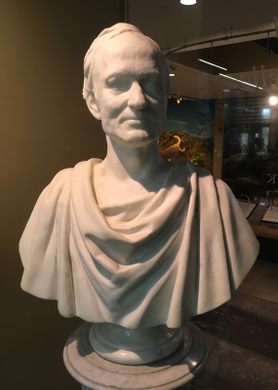












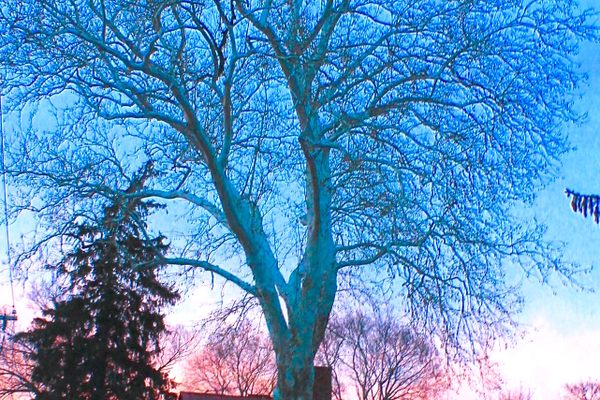


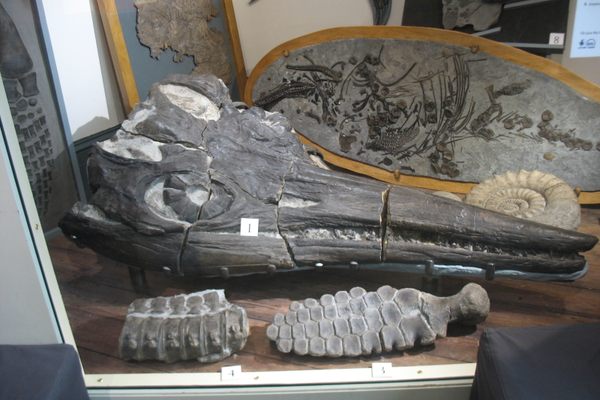
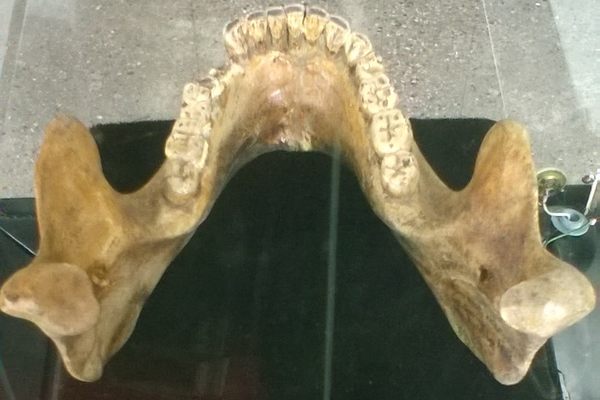

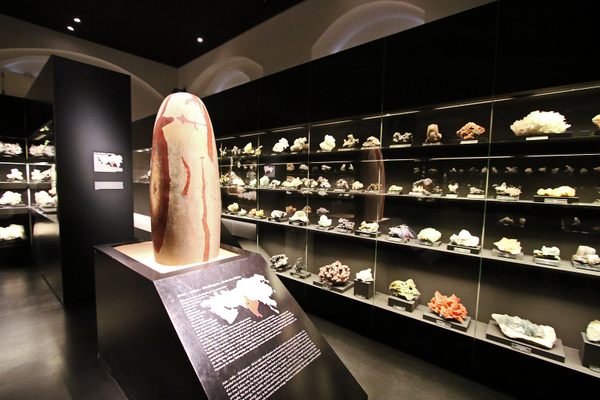

Follow us on Twitter to get the latest on the world's hidden wonders.
Like us on Facebook to get the latest on the world's hidden wonders.
Follow us on Twitter Like us on Facebook